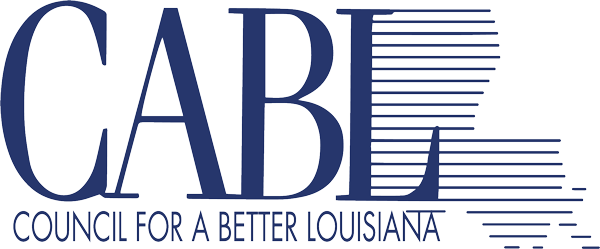
On September 10, Governor John Bel Edwards authorized the state to move into Phase 3 reopening in Louisiana’s continuing response to COVID-19. While that had a significant effect on what many businesses could do in offering services to the public, perhaps nowhere was the impact more profound than in public education.
CABL has reviewed school reopening plans and survey responses that were submitted by school districts to the Louisiana Department of Education in late summer, just before the school year began. In those submissions they detailed their plans for instruction in both Phase 2 and Phase 3 of reopening.
Most schools reopened while Louisiana was still in Phase 2 which placed major restrictions on how instruction could be conducted. The move to Phase 3 about a month later, while maintaining most health and safety restrictions, eased some of the limits on group sizes within schools.
The information reviewed by CABL showed that as a result, most schools planned to make major changes to their instructional models. Those plans revealed a major shift from virtual learning to more traditional classroom instruction. While hybrid and virtual plans were still contemplated to a significant degree in Phase 3, they were reduced considerably, particularly in traditional public-school districts.
Many charter schools, by contrast, retained plans for a substantial continuation of hybrid instruction. BESE-approved nonpublic schools had already planned for a significant amount of in-person instruction in Phase 2 and that expanded somewhat in Phase 3. These private schools, for example, planned for 85% of instruction to be in-person, compared to 72% for traditional school districts.
What this shows is that the move to Phase 3 reopening should have a huge impact on student instruction. In Phase 3 we are seeing plans for a major shift back to in-person teaching and away from the earlier dependence on hybrid or virtual settings. This is important because we know students suffered learning loss in the spring and summer as a result of the pandemic. Teaching children in a classroom setting greatly enhances their chances of making progress on the learning that they lost.
The CABL briefing also looks at how virtual learning, alternate scheduling, and student meals are expected to change between Phase 2 and Phase 3. This data is compiled from district responses detailing their plans for the school year and are subject to change. In addition, the devastating effects of Hurricane Laura have had a significant impact on reopening plans for schools in southwest Louisiana.
CABL believes this information is of value for two key reasons. One is that it gives a good snapshot of what school plans for Phase 3 reopening are and reveals the tremendous difference it makes in terms of student instruction. Our children clearly have greater opportunities to learn with the enhanced opportunities for personal interaction that Phase 3 affords.
It also shows how critically important it is that Louisiana continue its current trajectory of reducing cases of COVID-19. The health consequences of contracting the coronavirus are well-known. What might be less clear is the impact it will have on the education of our children if the state or a region is forced to go back into Phase 2 because of a severe outbreak. While many students may never contract the disease, their education could be severely disrupted once again.
The full briefing can be found here on the CABL website.
CABL is a statewide, nonpartisan policy organization that focuses on issues in the public interest. For more information contact Barry Erwin at erwin@cabl.org.
